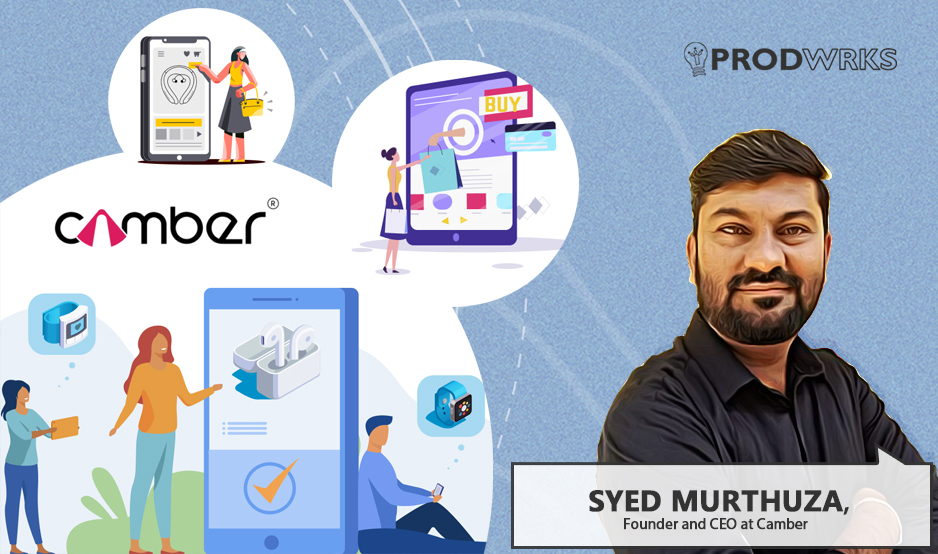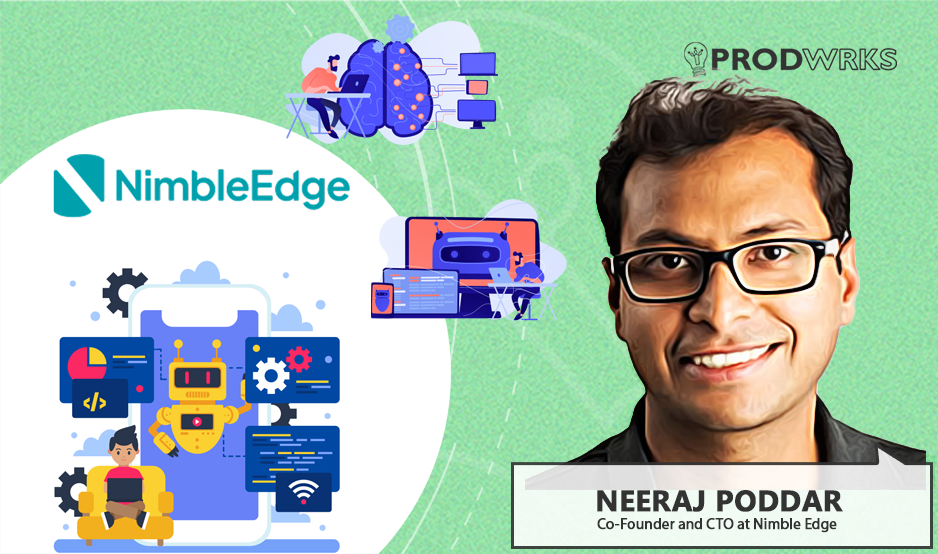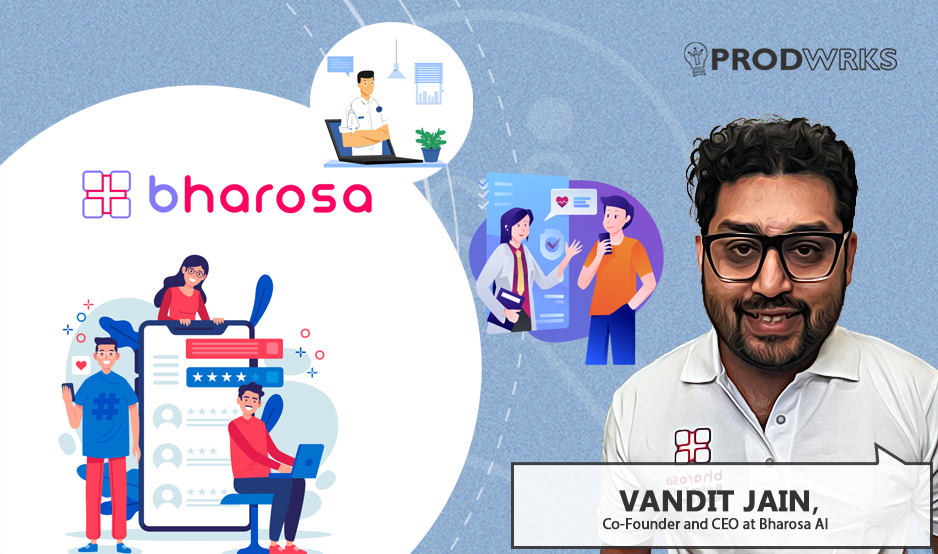
The author of this article, Chirag Gander is the co-founder of The Minimalist
This level of sophistication is truly remarkable and is revolutionizing how businesses approach customer service, content creation, and other applications requiring natural language processing technology.
In terms of customer service, ChatGPT 4 can help businesses improve their response times, reduce the workload of their customer service teams, and provide a more personalized experience for their customers.
The model can quickly generate responses to common queries, freeing up human agents to focus on more complex issues. Additionally, the personalized responses generated by ChatGPT 4 can help businesses build stronger relationships with their customers, leading to increased customer loyalty and satisfaction.
Crafting Conversational Design
Conversational design is an emerging approach in the field of UX and UI design driven by the increasing demand for chatbots and personalized conversational interfaces. As chatbots continue to scale up, digital design companies face new challenges and opportunities in designing user-friendly interfaces that mimic human conversations.
The key goal of conversational design is to create interfaces that feel natural and intuitive to users by providing relevant responses that can help guide the conversation seamlessly. This requires a deep understanding of natural language processing and the ability to provide personalized responses that feel like they come from a human.
ChatGPT 4’s advanced capabilities in natural language processing and generation can help create conversational interfaces that feel more natural and intuitive to users. By leveraging its capabilities, designers can create more engaging, personalized, and intuitive conversational interfaces, leading to better user experiences and, ultimately, better business outcomes for their clients.
For instance, a chatbot designed using conversational design principles could use ChatGPT 4 to generate responses based on user queries, providing a seamless user experience that feels more like a human conversation than a machine-generated response.
By incorporating conversational design into the design process and leveraging ChatGPT 4’s capabilities, digital design agencies can help clients provide a more engaging and personalized experience for their customers and stay ahead of the curve in an increasingly competitive market.
Providing Emotional Intelligence
Chatbots have evolved from just transactional tools to providing emotional support and empathy toward users. With the increasing demand for emotional intelligence in chatbots, designers and developers are now looking for ways to create digital products that can detect and respond to human emotions.
ChatGPT 4’s advanced capabilities in natural language processing, sentiment analysis, and tone recognition make it possible for chatbots to detect and respond to human emotions more personalized and engagingly. By leveraging ChatGPT 4’s advanced capabilities, digital design companies can create chatbots that provide relevant information and respond to users’ emotional needs.
Moreover, voice assistants like Siri, Alexa, and Google Assistant, have become increasingly popular among consumers. They are particularly relevant in industries like healthcare, where voice-based chatbots can help patients navigate complex medical information and receive personalized advice. By incorporating ChatGPT 4’s advanced language generation capabilities, voice-based chatbots can be designed to provide empathetic and customized responses to patients, helping them feel more supported and cared for.
Overall, ChatGPT 4’s advanced capabilities in natural language processing, sentiment analysis, and tone recognition make it a valuable tool for designing chatbots that can provide emotional intelligence and empathy toward users.
By leveraging its capabilities, digital design companies can create chatbots that provide accurate information and respond to users’ emotional needs, helping to create more engaging and personalized user experiences.
Potential Challenges
While ChatGPT 4 has numerous benefits, it also presents some challenges that digital design companies must overcome to harness its full potential.
- Ensuring Accuracy: One of the biggest challenges that UI/UX companies may face is ensuring the accuracy of the information provided by ChatGPT 4. As a language model, ChatGPT 4 relies on the quality of the data it is trained on. Therefore, it’s essential to ensure that the training data is unbiased and accurate to prevent ChatGPT 4 from producing incorrect or misleading responses.
- Maintaining Consistency: Another challenge that UI/UX companies may face is maintaining consistency across different channels and platforms. ChatGPT 4’s responses may vary depending on the context and the user’s input, making it difficult for companies to provide a consistent user experience across different channels. Companies must develop strategies to ensure the chatbot’s responses are consistent, regardless of the channel or platform used.
- Balancing Automation and Human Interaction: ChatGPT 4 can automate many tasks previously handled by people, which can be a significant advantage. However, companies must balance automation with human interaction to ensure users feel heard and valued. Overreliance on automation may lead to user frustration, and companies need to develop a strategy that balances automation and human interaction.
- Ethical Considerations: Finally, digital design companies must consider the ethical implications of using ChatGPT 4 in their designs. As a language model, ChatGPT 4 may generate biased, offensive, or otherwise inappropriate responses. Companies must have policies to ensure the chatbot’s responses are ethical and align with their values.
- Keeping Up with Advancements: ChatGPT 4 is just one example of the many advancements in natural language processing and machine learning. UI/UX companies must keep up with these advancements to remain competitive and relevant. It’s essential to stay informed about the latest developments in natural language processing and to continually update the chatbot to ensure that it remains useful and effective for users.
Conclusion
As the demand for chatbots and conversational interfaces grows, digital design companies face new challenges and opportunities in creating engaging, personalized, and intuitive user experiences. ChatGPT 4, with its advanced natural language processing and generation capabilities, is a powerful tool that can help designers and developers create more engaging and personalized chatbots and conversational interfaces.
However, it also presents new challenges that companies must overcome, including ensuring accuracy, maintaining consistency, balancing automation and human interaction, and considering ethical implications.
Overall, the rise of chatbots and conversational interfaces represents an exciting new era for UX and UI design, and ChatGPT 4 is poised to play a significant role in shaping this new landscape. With its sophisticated natural language processing and generation capabilities, ChatGPT 4 has the potential to revolutionize the way we interact with digital products, leading to more personalized, engaging, and satisfying user experiences.
Digital design companies that can successfully harness their power will be well-positioned to stay ahead of the curve in an increasingly competitive market.
About the Author:

Chirag Gander is the co-founder of The Minimalist, one of the fastest-growing creative solutions companies in India. As an engineering graduate from IIT Bombay, Chirag co-founded the company during his final year in 2015. Currently, with a crew of over 170+ creative minds and his co-founder Sahil Vaidya by his side, Chirag endeavors the vision of turning The Minimalist into India’s most inventive company in the creative business. In 2019, Chirag and Sahil were featured in the prestigious Forbes 30 Under 30 Asia list.
Their thought leadership attitude led to The Minimalist being featured in LinkedIn India’s Top 25 Startups List (2018). In 2021, the duo launched their book – Think Like The Minimalist introducing their unique philosophy of Minimalist thinking.
Chirag is also a national award-winning designer and became an adjunct professor at Miami Ad School at the mere age of 22. At The Minimalist, Chirag is largely involved in creatively crafting ideas. He has also driven multiple TEDx talks, he loves to share his insights and expertise with the industry. When not working, you can find Chirag planning his next trekking adventure or enjoying a match of cricket



